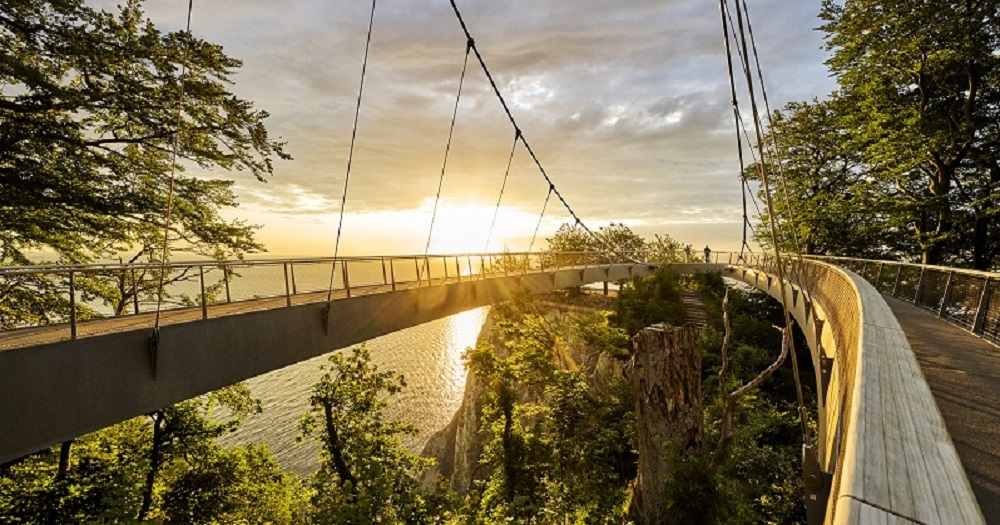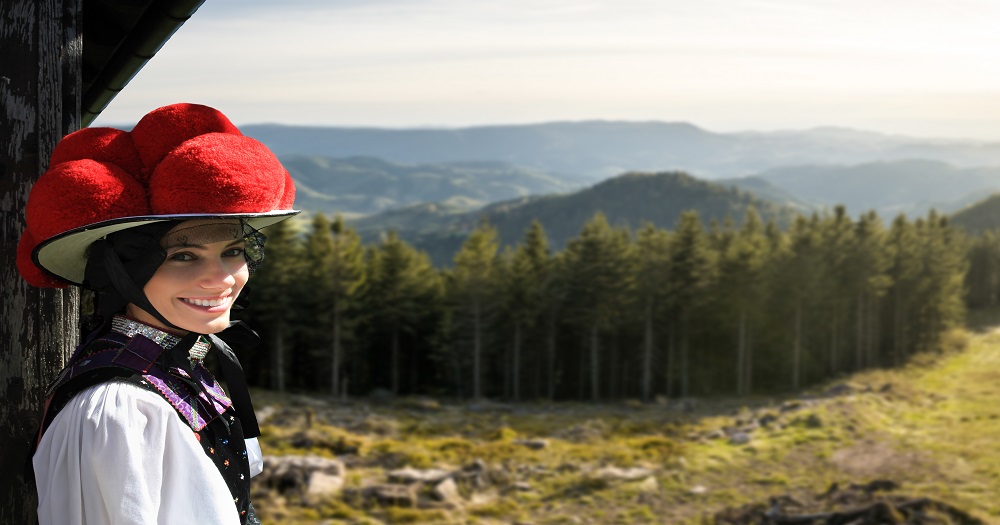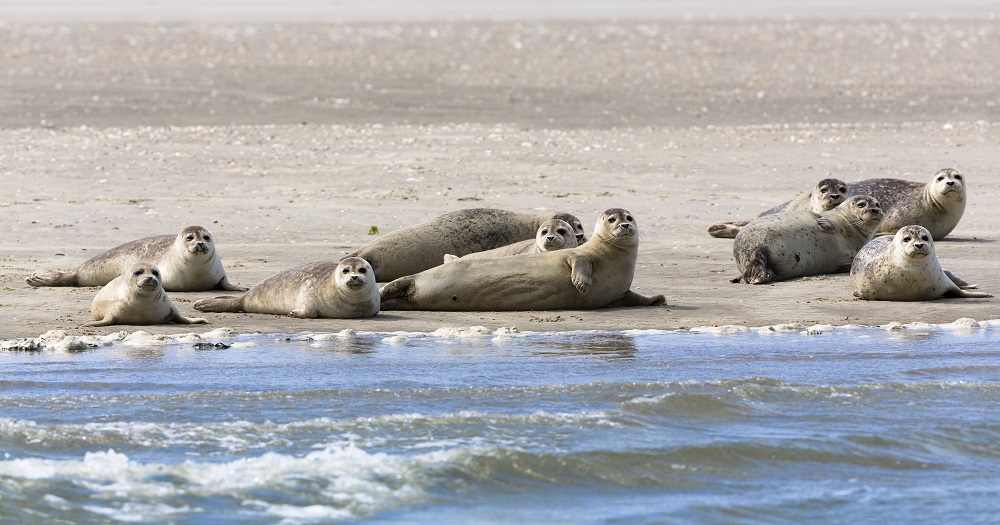Explore charming natural areas
Discover the pristine beauty, diverse ecosystems, and sustainable tourism practices that make Germany’s protected areas a haven for nature enthusiasts. Embark on a journey to discover the natural wonders and hidden treasures of three out of sixteen National Parks in Germany.
Jasmund National Park
Jasmund National Park is located on the island of Rügen in Mecklenburg-Western Pomerania in the north of Germany. Some parts of the unique ancient beech forest on the Stubnitz plateau, dating back more than 700 years, are UNESCO World Heritage Sites. You can also find breathtaking chalk cliffs that are reach up to 117 meters. Hiking trails lead for several kilometers directly to the impressive, rugged coastline and offer spectacular views of white cliffs, green forests and the deep blue sea. A new vantage point was recently added: the Skywalk at the Königsstuhl visitor center is dramatically situated above the sea. The landscape inspired the painter Casper David Friedrich, most notably for his work Chalk Cliffs on Rügen. His art captures icy landscapes, ruins, and the Baltic Sea’s storms, emphasizing the connection between humanity and nature. His works were also inspired by other famous German landmarks. Numerous celebrations will be held in 2024 to celebrate the 250th anniversary of his birth.

Black Forest National Park
With 10,000 hectares, the Black Forest National Park in Baden-Württemberg offers spectacular views because its mountains reach heights from 310 meters all the way up to 1.400 meters on the Belchen Summit. You can see cascading waterfalls on the Schluchtensteig Trail with the Wutach Gorge, also called the Grand Canyon of the Black Forest. Some areas have been left to develop without human intervention for over 100 years. This unspoiled nature is home to the fastest bird in the world, the peregrine falcon, and the smallest owl in Europe, the pygmy owl. Human residents maintain old traditions such as the Almabtrieb and the Alpine pasture harvest. You can enjoy the beautiful black forest by bike, on a hike or by going on a rafting adventure.

National Park Wadden Sea
The Wadden Sea, situated along the North Sea coast, features a diverse ecosystem with countless species. Encompassing 11,500 square kilometers, this UNESCO World Natural Heritage site expands into the Wadden Sea National Parks of Schleswig-Holstein, Lower Saxony and Hamburg. Mussel beds, lush sea grass meadows and soft mudflats sustain a multitude of animals, while salt marshes along the dunes transition into sandy beaches and dunes on islands and Hallig islets. For migratory birds, the Wadden Sea is an indispensable stopover, with its changing water levels and diverse habitats. Every six hours, high and low tides sculpt the terrain, offering opportunities to traverse the mudflats and to get close to the wildlife, a typical German Wattwanderung. Seals basking on distant sandbanks add to the spectacle of this extraordinary habitat.
